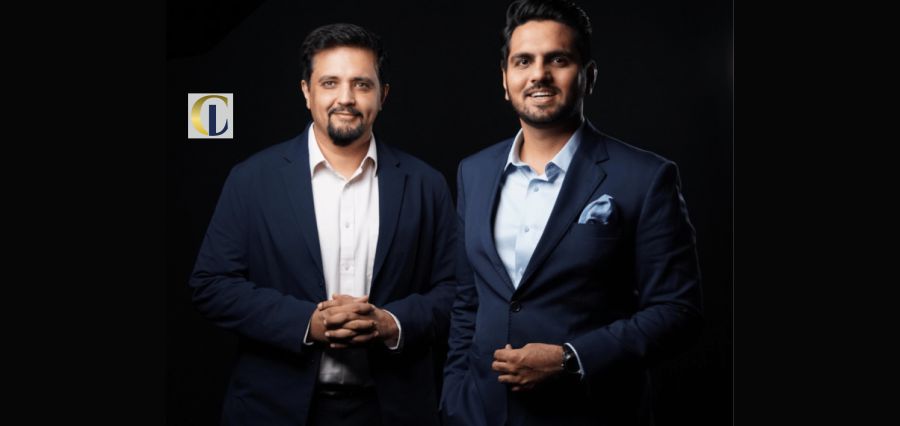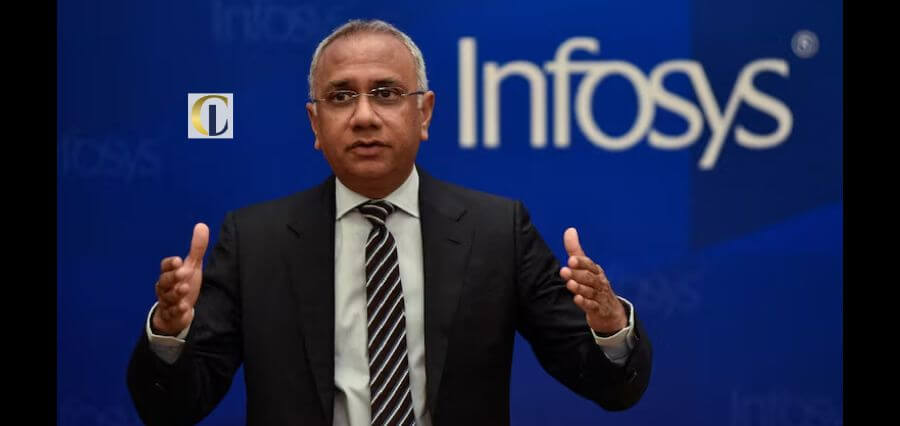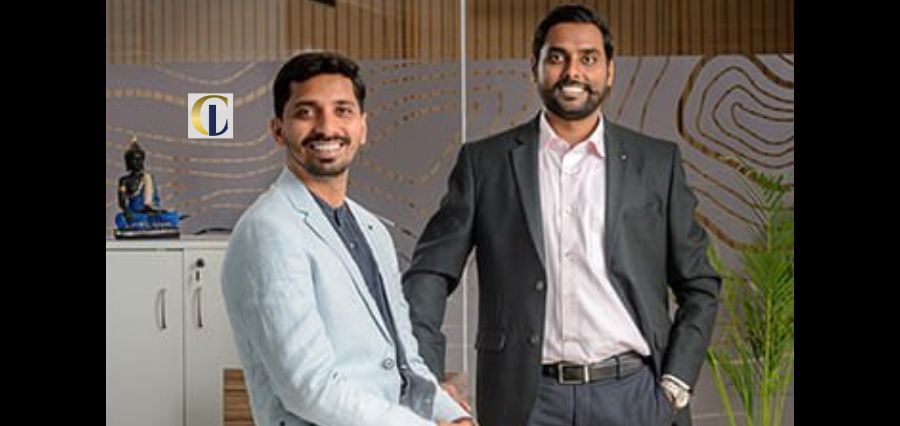The changing times and market conditions have triggered various companies to reinvent the working methodology to increase quality, service, and overall productivity. This is where UX design helps understand, simplify, and increase the efficiency of the customer’s product or service.
In this User Experience Design Process, Koru UX Design is one such company that focuses on increasing user satisfaction by improving usability, accessibility, building better clarity through product interaction.
Under the leadership of Ms Bansi Mehta, Founder and CEO, Koru UX Design exponentially increases efficiency, boosts productivity, and enhances the user experience seamlessly.
In an interview with CIOLOOK India, Ms Bansi shared valuable details about her professional journey highlighting the impeccable USPs and her opinion on the company’s future.
Bansi, please brief our audience about Koru UX Design, its USPs, and how it is currently positioned as a leading player in the UI UX space.
Koru UX Design is a company of passion-driven creative professionals who have successfully delivered over 500 projects across Healthcare Technology, Telecommunications, and Finance. Our methodology is scientifically driven by customized UX strategies that are crafted as per the needs and goals of B2B companies.
We engage as an extended design team to our clients that works seamlessly with their in-house or outsourced product teams. Our collaboration provides a hassle-free output because we work as specialists who take charge of all the UX-UI requirements. This way, we help clients do what they do best – focusing on building their business.
Our work impacts millions of lives across the world, and a greater part of our job is to make their everyday lives easier. Today, our reach spans 12 million users globally across sectors and industries.
The major differentiator that sets us apart from others is our UX Methodology. We have put a lot of thought and effort into having a set methodology where we first focus on discovering the problem by understanding the brief and doing planned research. After zeroing in on the root cause, we move to define the problem. Then, we move to explore possible solutions by generating ideas, prototyping, and validating concepts. Finally, based on the research and findings, we design the solutions.
We keep learning new things to be able to cater to different client requirements. Our strong belief in knowledge sharing ensures that we don’t just educate and encourage our team, but also the clients that we choose to work with. This way, we are all on the same page and work unanimously towards a goal.
Our approach to designing User Experience shifts from plain aesthetics to the functionalities of a product. Instead of looking at UX as a facelift for a product, we incorporate a problem-solving strategy.
What other products/solutions does Koru UX Design offer, and how are these making
an impact on the UI UX Space?
Our flagship services include UX Audit for enterprise applications, conceptualizing brand new products, and UX/UI design for legacy products.
We offer an objective-based overhaul of existing products to increase employee engagement, improve productivity, address usability issues like clunky interfaces and workflows. We partner with our clients to help them leverage design thinking for innovation, infuse design into their product development process, help them scale their design capabilities, and reduce the cost to build and operate in-house.
We’re on a quest to bring the finesse of consumer-grade UX to enterprise applications and transform the way the world works, making it delightful and efficient for all.
At Koru, we define User Experience as the value provided to the user when using a product. We look at User Experience Design as the process of increasing user satisfaction by improving the usability, accessibility, and delight provided in the product interaction.
We believe that the determining factor of success lies in the fact that we keep the user in the centre of the design process. This approach leads us to create designs that are clutter-free, easy, intuitive, scalable, engaging, and provide a fabulous experience to the users.
Being an experienced leader, share with us your opinion on what impact has the
adoption of modern technologies such as AI had on the UI UX niche and what more
could be expected in the future?
Software design is shaping technology based on a deep understanding of human needs. And there is a commonality to be found between User Experience (UX) design and AI. If AI gains its learnings by continuously leveraging data, so does UX design, which is an iterative process of optimizing the product based on testing and feedback.
The two fields can complement each other so that user experience design is crucial to the application and delivery of AI-based experiences in software products. In contrast, AI can augment UI-UX processes with automation, research assistance, and personalized recommendations. Our multiple award-winning project – the Integrated Telehealth EHR solution, is an example of the same.
Today, AI is making its presence felt in product design through various avenues such as automating mechanical tasks at great speeds, analyzing voluminous data sets to procure insights, identifying patterns, customizing user experiences, and simulating cognitive processes to enable decision-making.
AI does offer rich opportunities to introduce personalization and differentiation by classifying data and making predictions at a higher speed and volume than humans. However, companies that focus solely on AI-powered automation can face failure as compared to those that apply AI to augment human decision-making and interactions.
Taking into consideration the current pandemic, what initial challenges did you face
and how did you drive Koru UX Design to sustain its operations while ensuring the safety of your employees at the same time?
The safety and wellbeing of our employees have always been our top priority and continue to be so. In the early weeks of March 2020, a few of our team members who had travelled outside the city were already working from home to ensure the safety of the rest of the team.
In the days leading up to the official lockdown, we began switching to the work from home system and delivered computers to the residences of our team members. Thus, we ensured that our whole team had their systems at home and could feel comfortable not having to venture out.
A few weeks into the world of mandated self-isolation and social distancing, we as a team comfortably settled into the whole concept of remote working. The global pandemic forced us as parts of a team to disperse overnight, yet we ensured that we remained focused individually and soldiered on.
Unlike many organizations that had to suddenly switch to using collaboration tools, our team has been using remote management tools such as Toggl, Slack, and Basecamp to communicate with clients and within the team since day one. Therefore, we’ve been making the most out of these amazing tools at our disposal.
We updated our employees’ health insurance policies to accommodate the COVID-19 clause to cover treatment and hospitalization as required.
Even as different states opened up as the case numbers began to decline, we thought it was safest to continue in the WFH mode, keeping the wellbeing of our team members and their families in mind. We ensured that our team members got their systems, power back up, desk setups, and everything to create a well-equipped office at home. In hindsight, this decision worked well for us, considering the sudden surge in cases during April-May 2021 and the recent Omicron wave.
What would be your advice to budding entrepreneurs who aspire to venture into the
UI UX space?
The first and foremost thing would be to stop looking at UX design as a profession. UX is more of a mindset and framework requiring constant observation, empathy, and understanding. A primary requirement to have a UX-based mindset is to develop an orientation towards people, including a deep understanding of human behaviour and a desire to recognize and meet their needs rather than design fancy technology.
They have to forge deep connections with their users and subject matter. Fostering an innate sense of curiosity is important to ensure continuous learning, gain domain expertise, and keep their skills up to date. Another important quality to have been that of being a good listener. This ensures you always have an evolving understanding of your user community, their challenges, feedback, and needs. This is crucial to setting up reliable feedback loops and creating credible solutions.
Try looking beyond designations to become UX advocates – someone who is focused on educating, engaging, and empowering people to incorporate design holistically throughout everything they do and keep users as the focal point of their decisions.
How do you envision scaling Koru UX Design’s operations and offerings in 2022 and beyond?
Our company’s roadmap focuses on creating specialized services in the healthcare design domain. Newer technologies are continuously transforming the way healthcare is being delivered across the globe. On these lines, we have lined up a list of possibilities that will play a major role in healthcare transformation in the years to come.
We’re looking forward to designing solutions to transform the existing inefficiencies into predictive, coordinated, and personalized services in the coming years. We’re tuning our offerings and methodology to help healthcare products innovate and realize the business value of design.
We are also working on combining the power of AI, Robotic Process Automation, and User-Centric methodology to deliver maximum efficiency to businesses with a human touch. We look forward to leveraging Intelligence Assistance to help the users make better decisions, presenting contextual information using machine learning to eliminate mundane workflows for the users.
We aim to assist businesses to get the maximum out of the human force while leveraging the technology to stay ahead of the curve.
Our long-term goal is to scale our team and presence to become the world’s most preferred company that exists to help businesses with enterprise applications materialize the power of UX.
An Exemplary Leadership
With over a decade of experience in the field of User Experience, Bansi Mehta is the Founder and CEO of Koru UX Design. As a self-driven leader, she aspires to transform workforces to make them more humanized and efficient. She has empowered many businesses by guiding, mentoring, and leading a team of over 40 passionate UX, UI, and front-end development professionals.
She believes in the motto, “UX-ify workplaces,” which stands for the fact that user experience for the workforces should be tailored to meet the needs of employees, managers, and business owners. A better Enterprise UX will result in a happier work environment and boost performances, productivity, and subsequently the revenues.
Bansi affirms her faith in continuously improving the company’s design process to match the requirements. The true value of UX comes through constantly exercising the process, refining it along the way with new learnings, and collaborating with the team to achieve this.
To make sure our designers don’t work in a bubble, she often organizes ‘Show-and-tell’ sessions where designers get a chance to push their boundaries and learn how to articulate their designs. They have peer reviews that give them a chance to be a healthy critic and exchange ideas.
She also leads cross-functional brainstorming sessions and workshops to bring more diversity of ideas to the table and encourage knowledge sharing. All employees at Koru UX Design are encouraged to opt for online or classroom training to sharpen their skills which are paid in part by the company.
‘Empower Designers’ is an initiative of Bansi’s that is closest to her heart. The main thought process behind it is to bridge the gap between design thinking and the way enterprise’s function. Designers are made aware of the power of their own skills, and how-to-channelize creativity to build a problem-solving approach. This helps them not just in growing in their roles but also develop the ability of thinking by doing.
A focused entrepreneur and a proficient UX consultant, Bansi is passionate about disruptive ideas and technologies that can help people be their best selves at work.
She’s an engineer by qualification and a Certified Usability Analyst from Human Factors International (HFI) with an eye for detail.








